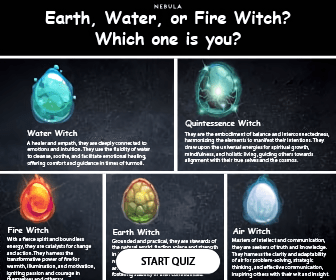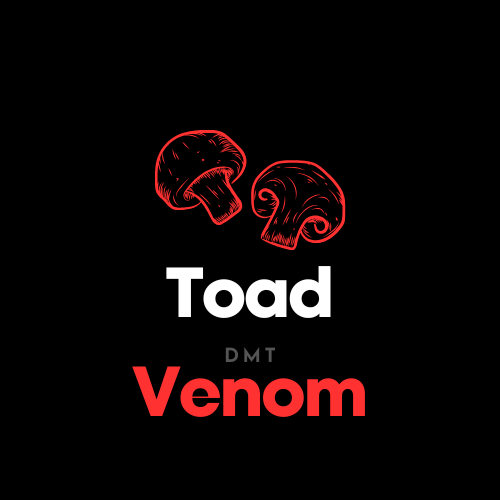Blog
What is DMT?
What is DMT? N,N-Dimethyltryptamine is an organic compound found in many plants and, in lesser amounts, in the nervous system of humans and other mammals. Chemically, DMT is related to serotonin, melatonin, and other neurotransmitters that affect core elements of the human experience, including mood and memory.

Like LSD, peyote, psilocybin, and mescaline, DMT is considered a “classic psychedelic,” meaning, human beings have long experimented with its psychotropic properties—for at least several hundred years, said Griffiths. “All the classic psychedelics have different effects and onsets and durations of action,” he explained. “But they all share a principal site of action, which is the serotonin 2A receptor.” What is DMT?
Buy DMT
DMT, like these other classic psychedelics, is a serotonin 2A receptor agonist, which means it binds to these receptors and induces neurochemical shifts that alter sensory perceptions, cognitive processes, and other brain functions related to consciousness. DMT also interacts with a range of other receptors and pathways. Research in the journal Nature Scientific Reports has found that it not only alters the brain’s chemistry, but it also shifts the brain’s electrical activity in ways that map onto people’s psychedelic experiences. In other words, a user’s trip seems directly tied to these brain changes.
